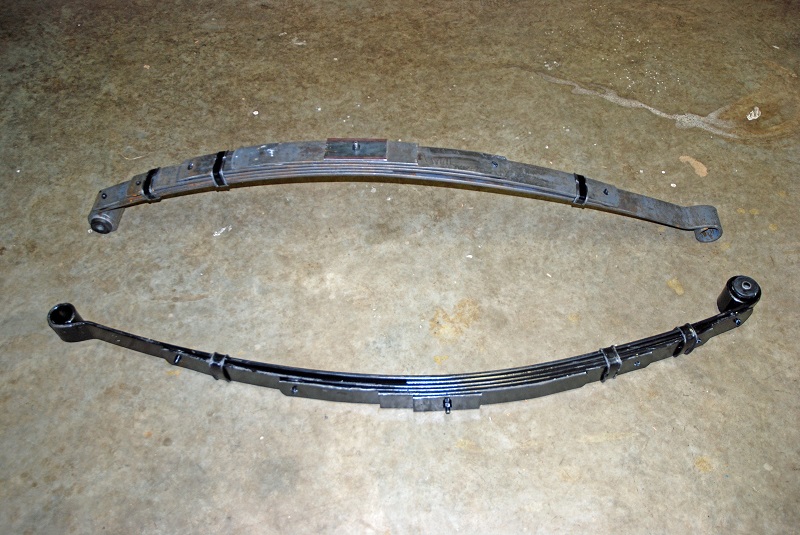
Bolt-on traction bars for leaf spring cars have been available for what seems like forever.
They work, and there are all sorts of different versions out there: slapper bars, sliding link bars, bars with rollers on the leaf pack, bars with a rocker designed to rotate into the spring eye and so on. All of them hang down below the spring (some hang down so far that they can get hung up on trailers or other unmovable objects).
Some obviously work better than others.
Some folks though, can make leaf spring cars work (and work rather well) without the use of any traction bars.
Don’t believe us? Ponder the case of the stock appearing muscle cars campaigned in the Supercar Races series.
Case-in-point: There is a 1969 Nova that is one of the quickest cars there. The Nova’s best ET is 10.481 at 132.34 mph. It has a short time (60-foot) of 1.61 seconds. That’s hauling—especially when you consider it gets there on belted bias-ply skinny tires and with no traction bars of any sort.
And that’s not the only super-quick leaf spring car in the bunch that runs sans-traction bars. A 1963 Max Wedge car has run 10.94 @ 126.60 mph (in 2013) while a 1969 Camaro has run 10.495 @ 134.77 mph (in 2014). Additionally, there are a bunch of other cars hovering around the 11-second flat zone, so these really aren’t flukes.
How do they do it?
Dig deep and you’ll find all of the really quick leaf spring combinations run leaf springs with a decided forward bias (where the front of the spring is stiffer than the rear).
It’s not a new idea. The “old” Chrysler Corporation came up with the concept in the early 1960s. Chrysler engineers knew that when the hammer was dropped at the starting line, the front of the spring pack would wrap up (typically in an “S” shape). That’s when they designed springs with a heavier front bias. In some cases, the springs were heavily clamped forward of the axle housing. Often, the back of the spring pack was run without spring clamps or maginally clamped (one clamp).
Those springs with the biased front segment were aptly named “Super Stock” springs. They were designed to be used without any form of traction bar, other than a pinion snubber. In fact, Chrysler warned not to use any form of traction device in conjunction with their biased front Super Stock springs.
Chrysler continued to catalog various rate Super Stock springs for years and many are still offered today. Currently, Summit Racing stocks several Mopar Performance Super Stock springs. Of course, all of these are for Chrysler applications. What if you have something like a vintage Chevy Camaro or Nova or Pontiac Firebird?
Years ago, you could purchase Chrysler Super Stock-style springs for Chevys from a company called Tri City Competition. They were sold under the “Launcher” name, but those springs are no longer available. And yes, some of the super fast, stock-appearing muscle cars use these springs.
If they’re not available, are we back to square one? Maybe not. There are several applications in oval track racing where leaf springs are mandated. And vintage Camaros and Novas are a common platform. AFCO Racing has a line of special springs engineered with a new secondary leaf design that “provides improved forward bite.”
According to AFCO, the springs also reduce wheelbase variations during braking and acceleration to improve overall handling consistency.
These springs are available with several different rates, the most common being 153 pounds or 176 pounds. They measure 53.5-inches eye-to-eye and have a true arch of 6-3/8-inches (this is very close to the stock arch). The eyes are standard GM sizes—2.0-inches in the front and 1.5-inches in the rear.
AFCO Racing claims their leaf spring is the highest quality racing spring available today, and provides features not available in any other leaf spring. For example, their multi-leaf spring is constructed from high-quality chromium vanadium steel (springs can be manufactured from carbon steel, nickel-chromium steel, a nickel-chromium vanadium steel mix and and finally chromium vanadium).
Following an oil temper, chromium vanadium provides for the highest tensile strength per pound along with the highest elastic limit in pounds per square inch when compared to other springs. It also provides for rate consistincy over time.
AFCO heat-treats the spring to provide long life and they also shot-peen the spring after arching in order to relieve stress in the materials. They claim this process provides 3-5 times more service life to the spring. The respective leafs are tapered which reduces stress (by 30-40 percent, AFCO says). The tapered leaf design also prevents loss of arch. They include Teflon rub blocks between the leafs. This reduces friction between the leafs and helps to maintain consitency of rate.
The 176-pound rate springs are the most popular for stock big block combinations.
In terms of installation, these springs are a bolt-in for various Camaros and Novas. The springs have an arch of approximately 6-3/8-inches (which is close to stock or marginally higher). They include a front spring eye bushing (installed) and they accept a stock rear bushing (next month, we’ll look at spring bushing options—you might be surprised at what’s available and what you accomplish with them—stay tuned).
One more trick out of the stock-appearing racer’s notebook is the use of extra spring clamps. Summit Racing offers several different bend clips for leaf springs. These can be used as tuning tools for leaf spring cars with no added traction devices. Another option is to simply build your own with a couple of heavy steel straps and a pair of high-strength bolts and nuts.
So, does this setup work?
The truth is, most of the fast guys aren’t exactly talking (entirely understandable, we’d say), but when you ponder how hard many of those stock-appearing muscle cars run, you can draw your own conclusions. For a closer look at “the hook factor,” check out the accompanying photos:
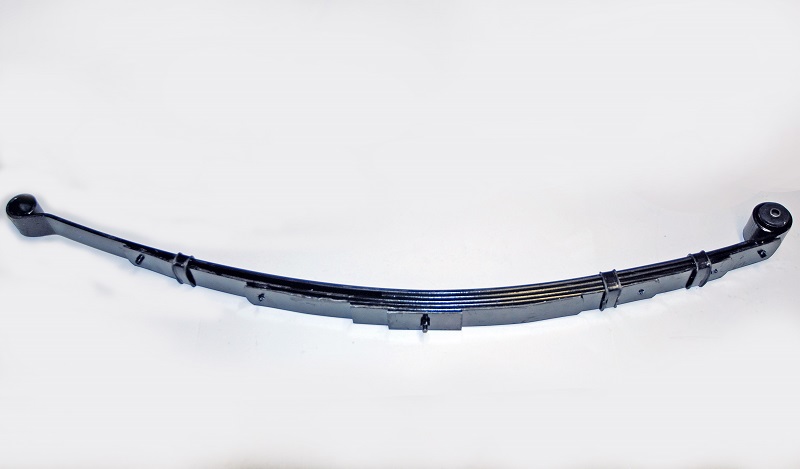
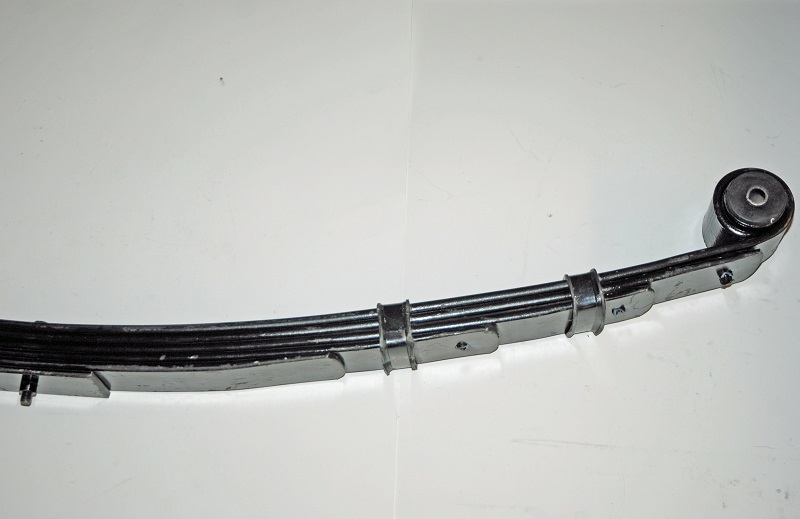
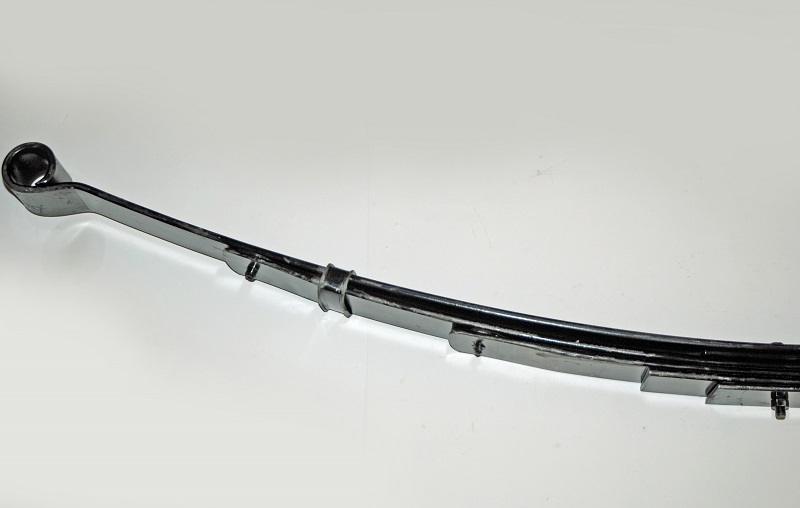
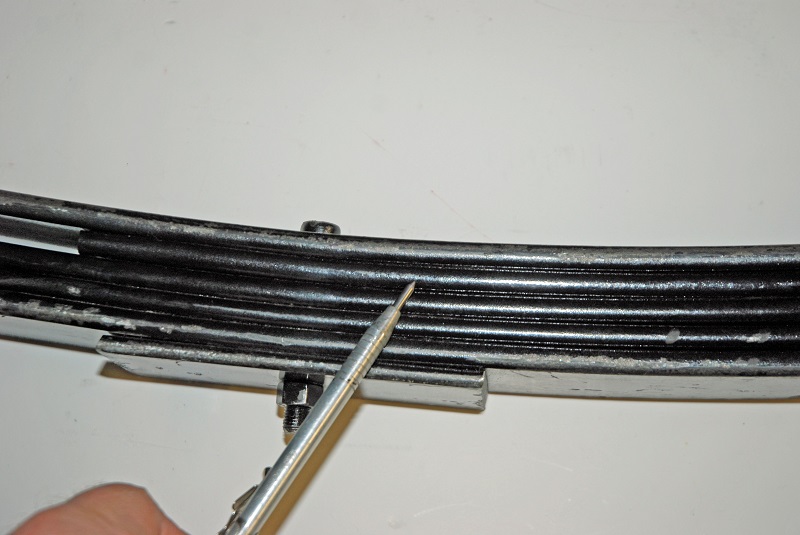
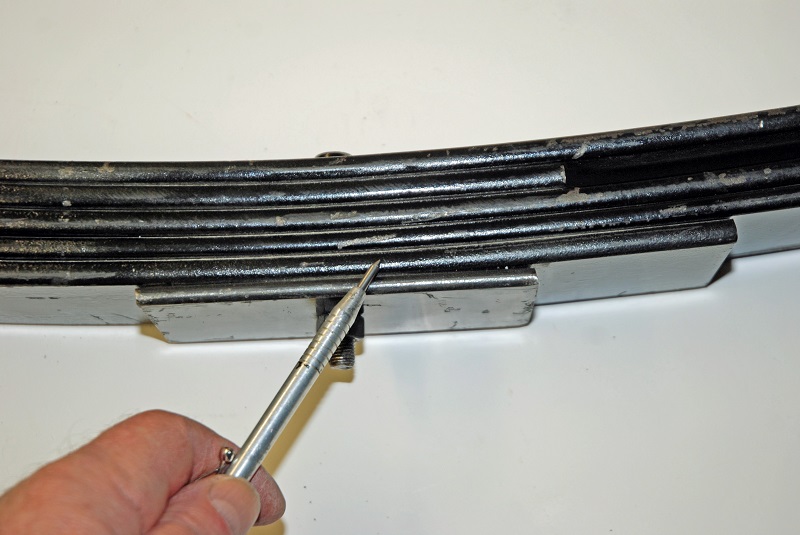
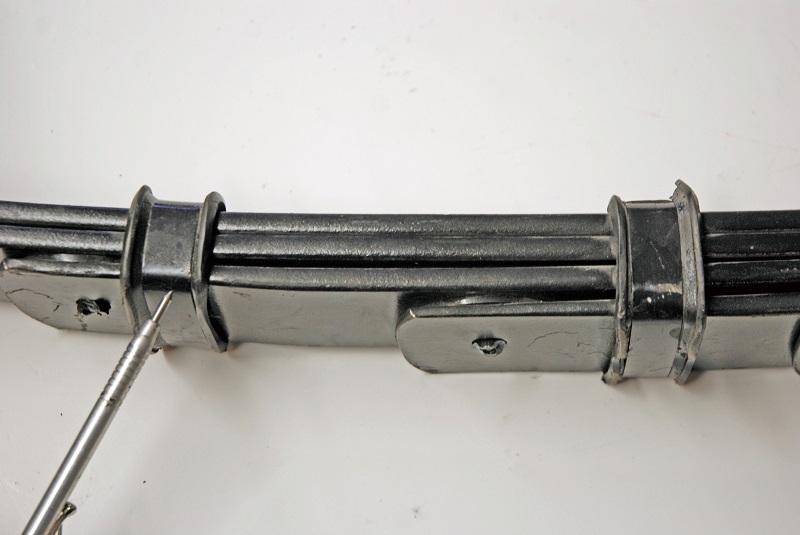
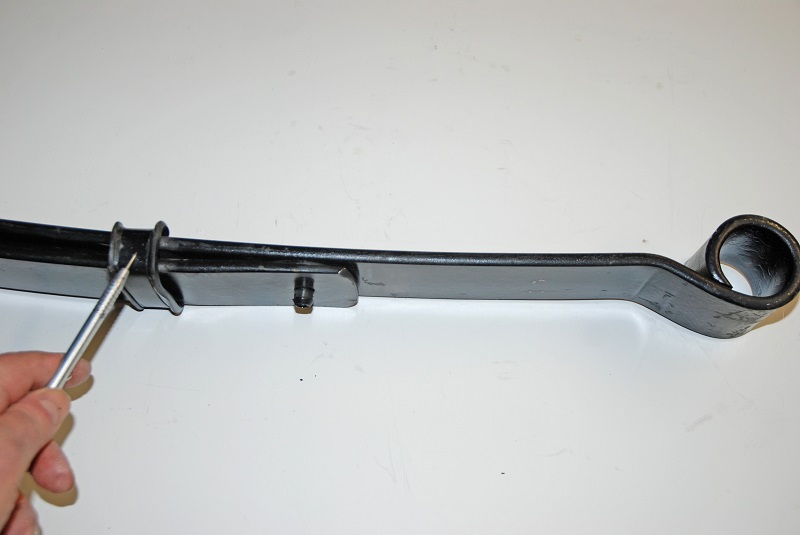
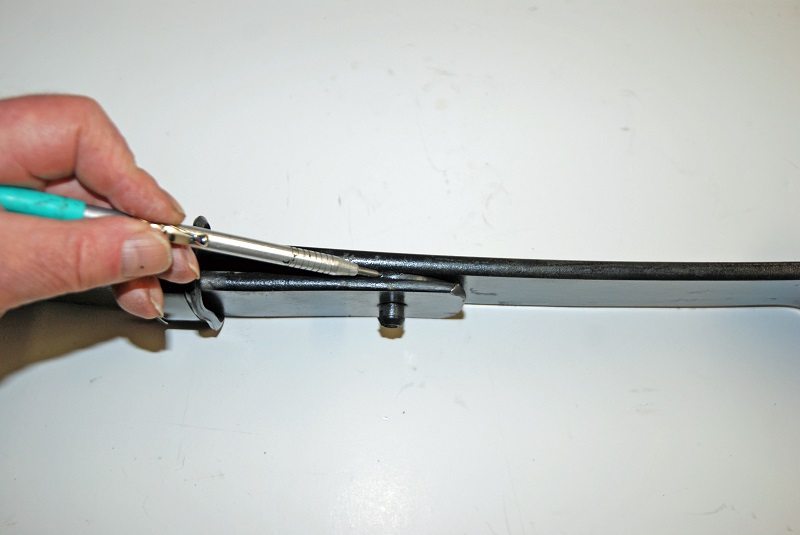
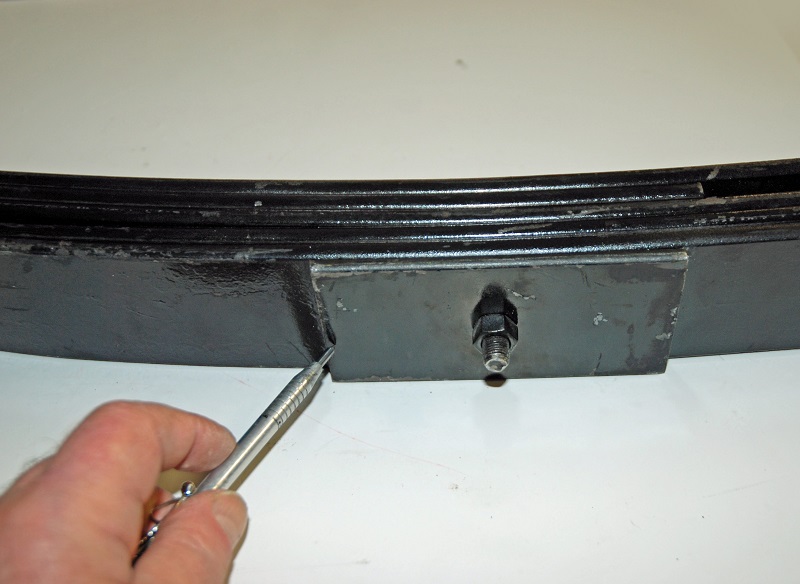
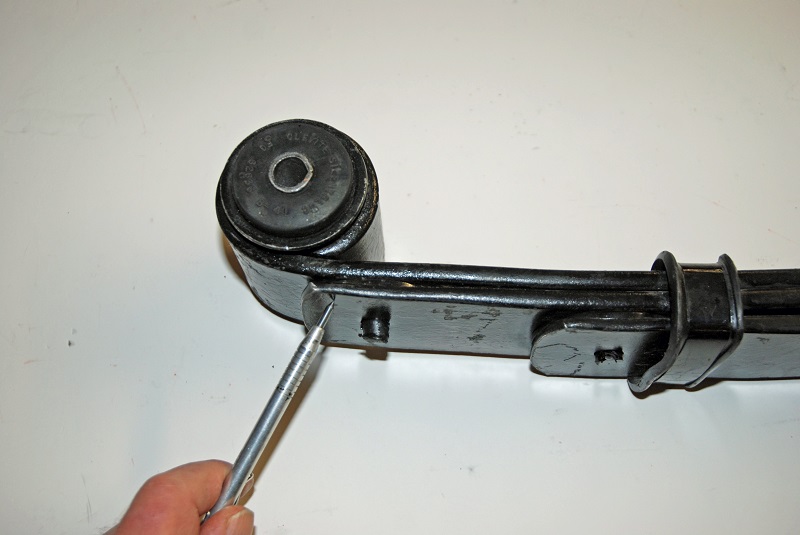
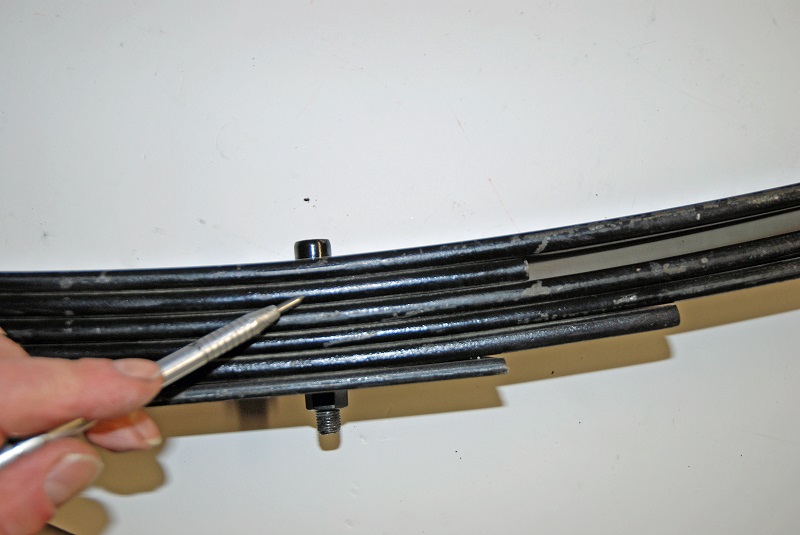
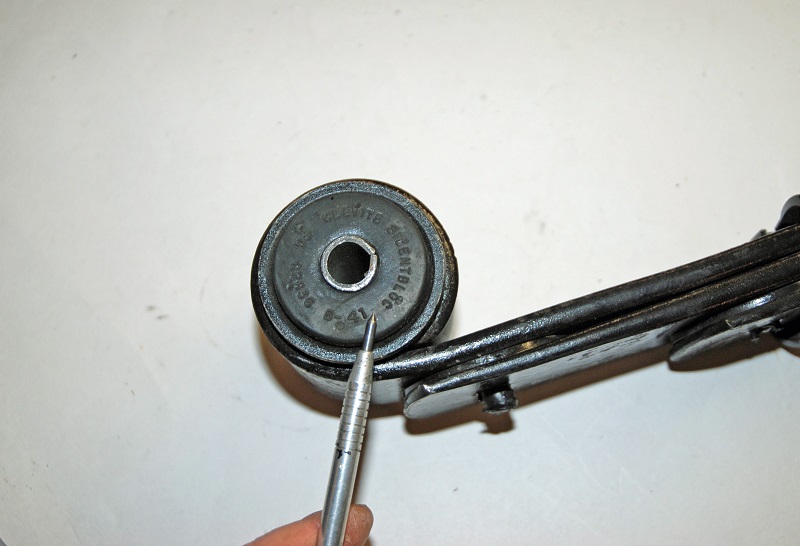
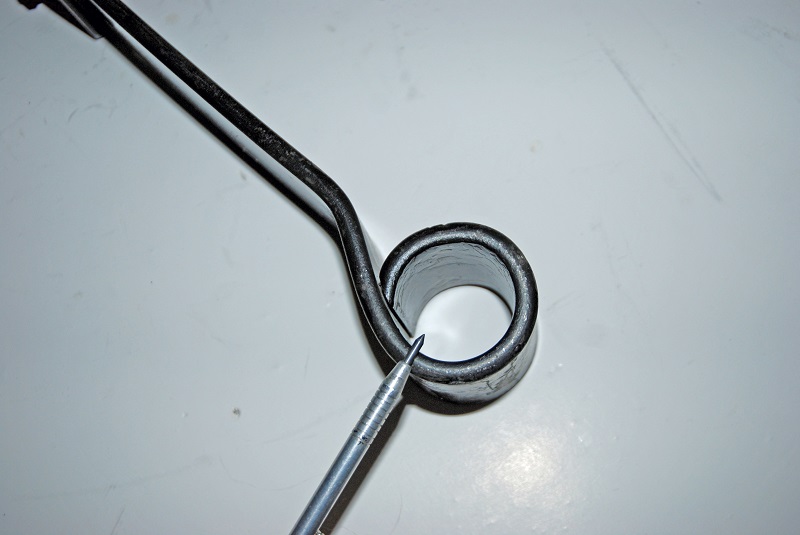
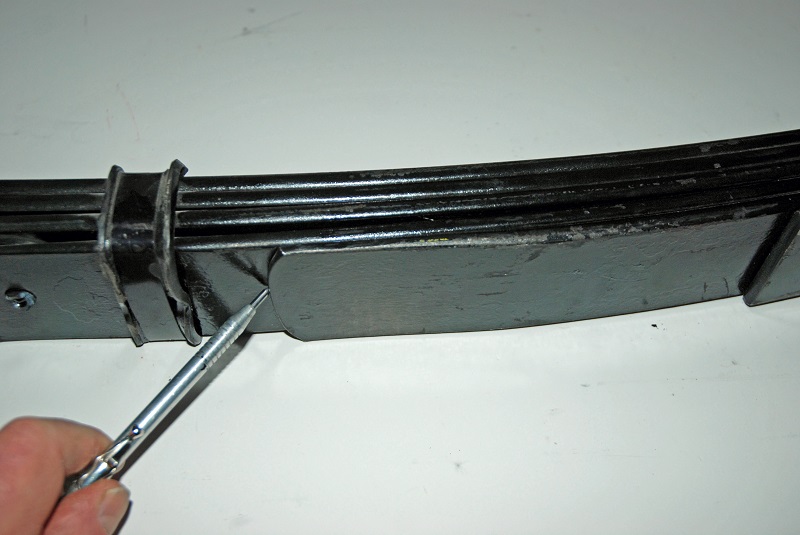
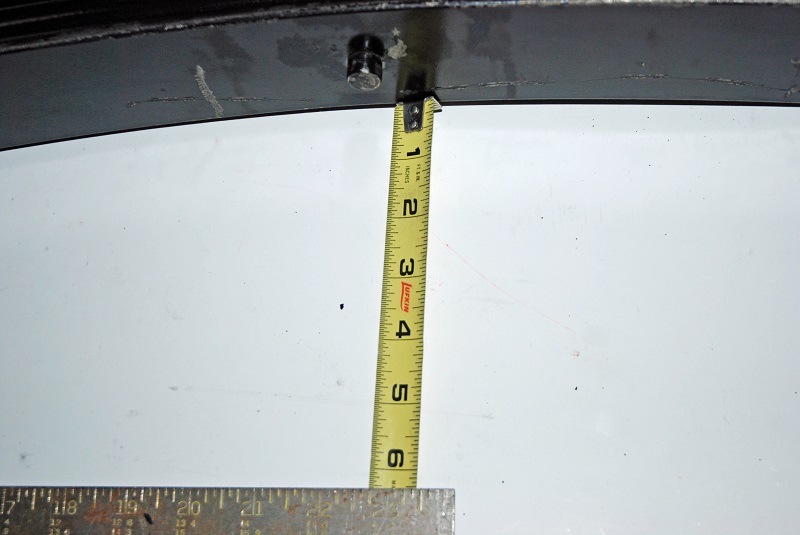

Hello Wayne:
I’m not a Mopar guy but nonetheless did enjoy article.Wonder how them guys run with no setup in back.Thanks
Regards. Martin
Is there anything like this for first gen Cougars?
[…] Hooking up your leaf spring suspension without traction bars for Rod: https://www.onallcylinders.com/2019/03/01/racing-tech-hooking-up-your-leaf-spring-suspension-without… […]
[…] Recently we showed how a set of leaf springs with a forward bias (ala Mopar SS springs) could be used sans any other tr…. […]
i JC jOLLEY HAD similar design by a local spring company..
don’t forget to make pass.higher n “beefer” to compensate for body “roll” !! ran GTO engines in a VENTURA with old g-60 15 s n wore out posi for years .. won plenty of cash n TORPHY S !!
Do you have these leaf springs for a 1960 comet
Hey Nathan, Calvert Racing has a set of Racing Leaf Springs that may work for your Comet. Click here to check them out.
Hey guys .I run a 79 Camaro .stock rear end every stock location ..car weighs 3200lbs .witch leafs I’m wondering should i run .205 reinforced left rear and the 176lbs on right rear .I’m been thinking slot and would like some feedback if possible .thanks
Forgot to mention .racing on dirt lol
Hi, so if I understood correctly leaf springs with clips are to be turned so that you have 2 klips on the front of axle and 1 klips behind the axle. This is also the case if you have leaf springs on your front axle, like F100 1953-56 with I-beam axle?